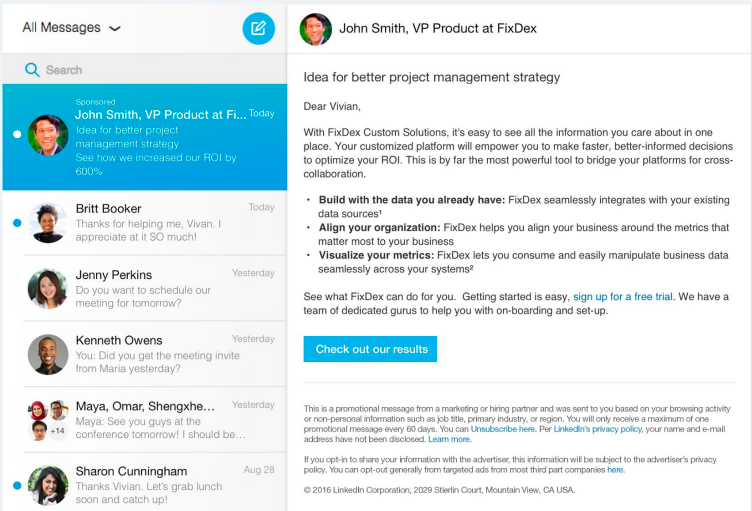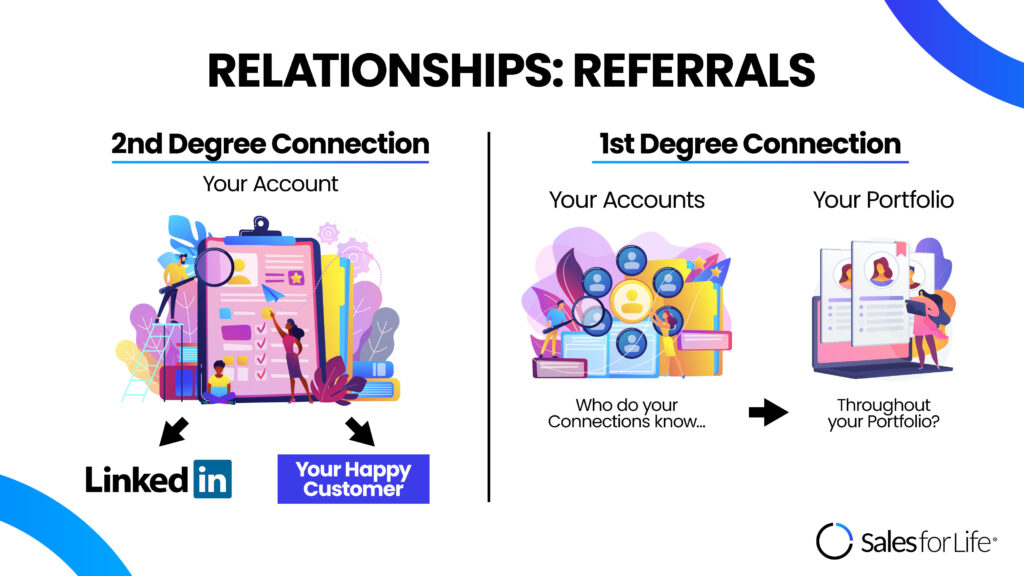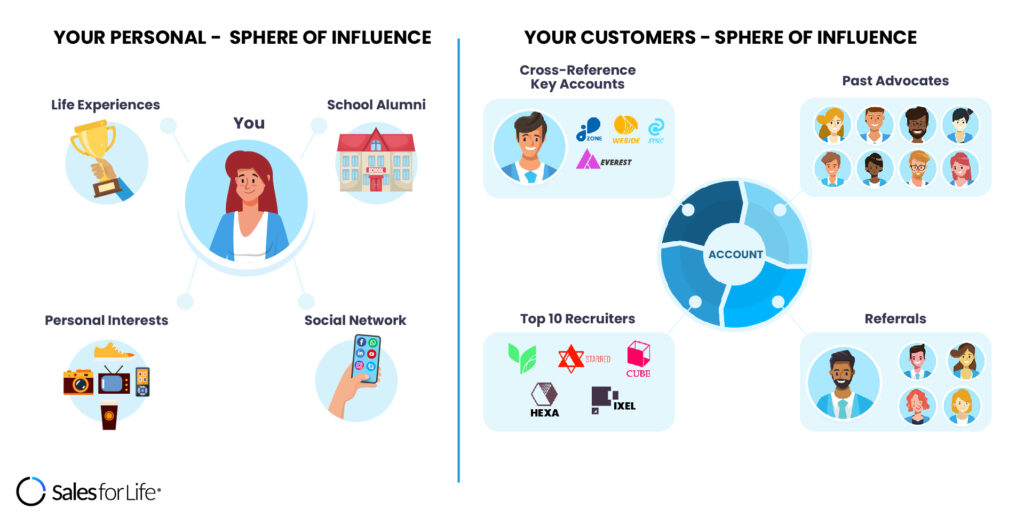The past few years bore witness to the rapid growth of video marketing. According to a 2021 report by animated video company Wyzowl, 93% of marketers believe that video is an important part of their marketing strategy, and 86% of businesses are using it as a marketing tool.
The pandemic saw a drastic surge in video consumption, with 96% of consumers reporting that the amount of video content they’ve watched online had increased. With people isolated in their homes and teams stretching reduced budgets and resources, marketers have turned to video to sate our desire for human interaction, to impressive results.
The use of video is expected to keep growing well beyond 2021, with 96% of marketing professionals saying they’ll either increase or maintain their video spend.
This makes video a critical medium of communication that your revenue team should take full advantage of.
What can video offer that other mediums cannot?
- It can make complicated concepts easier to understand.
Most people—around 60 to 80%—are visual learners who process information better when it’s presented using images, charts, maps, or other forms of imagery.
This is what makes video so effective.
In a two-minute explainer video, you can explain difficult concepts in a digestible format that cannot be replicated by an essay. You can use infographics and animations to explain what your product does, and how you can make the most of it. If you put all that into words, you’d spend hours on a long essay that readers would never read word-for-word. - It humanizes the creator.
A video proves to the viewer that they’re getting information from a real person. It allows you to show your personality and your interests outside of work, making it a good way to add that warm, human touch that’s missing in most marketing and sales communications. - It’s an engaging medium.
Video is extremely easy to consume. It can capture a wide target audience, and works on customers with varying levels of interest in your product.
It also encourages social engagement, bolstered by social media platforms’ push of the medium. - It can be tracked for buying intent data.
One of the great things about video is that you can easily track its statistics: who has seen it, how long people have watched it, the amount of engagement it has received. This lets you gauge its effectiveness and adjust your strategy accordingly.
Using Video In The Sales Process
In the past, video was primarily used for product demos. But it can be used in all stages of the sales cycle, from prospecting all the way to closing.
During Prospecting
Video can capture a viewer’s attention more effectively than any other medium. Capitalize on this by using it to communicate with leads early on during the sales process. You can use video during prospecting to introduce yourself, explain what your product is all about, and encourage prospects to take the next steps.
While Nurturing Leads
Once you’ve got a prospect in your pipeline, nurture your relationship with them using personalized video messages. It’s a great way to explain your product’s value proposition more clearly and connect with prospects on a deeper level.
Moving Deals Towards Close
Use video frequently throughout the sales process to get your prospects accustomed to you. This can help them feel like they know you personally, giving you an advantage over your competitors. Create micro-demos and explainers for them if they have concerns, and send personalized videos to remind them about meetings and updates.
When The Deal Is Won
Video remains useful after a deal is closed. Use it to answer any questions the client may have, as well as to ease their handoff to the customer success and support teams.
How To Get Over Your Fear Of Video
With video’s popularity at an all-time high, it’s the perfect time to use it in your sales strategy. It’s an affordable way of engaging your prospects, and it’s easy to share.
But despite video’s benefits, a lot of sellers and marketers are still hesitant to use it to communicate with prospects and clients. Their number one reason: They’re scared of putting themselves out there.
“It’s very hard to go on camera and expose yourself,” says Sales for Life COO Amar Sheth. “But something that I’d love to remind you of is, I have the same fear that you do. I’m also afraid of exposing myself on camera like this and being vulnerable. What will people think of this idea? Will they think it sucks, or will they think it’s okay? Will they think it’s amazing? I wouldn’t know. Until I’m out there, sharing ideas on a regular basis on this video medium, I simply wouldn’t have feedback.”
There’s only one way to get over this fear: Just start doing it and don’t stop until you’re comfortable with it.
At first, it’ll probably feel awkward to talk to yourself in front of a camera or a phone—and that’s normal. But the more you do it, the more natural it’ll feel, and the better you’ll be. Remember that you’re doing this to help your customers in the most efficient way possible, and keep that in mind every time you get your message out.
So go ahead and hit the record button—you’ve got nothing to lose, and everything to gain.















